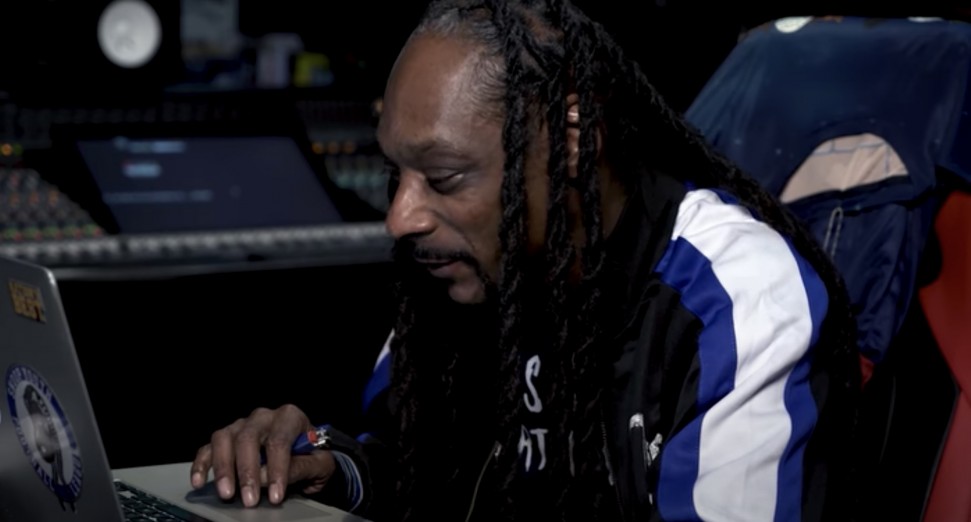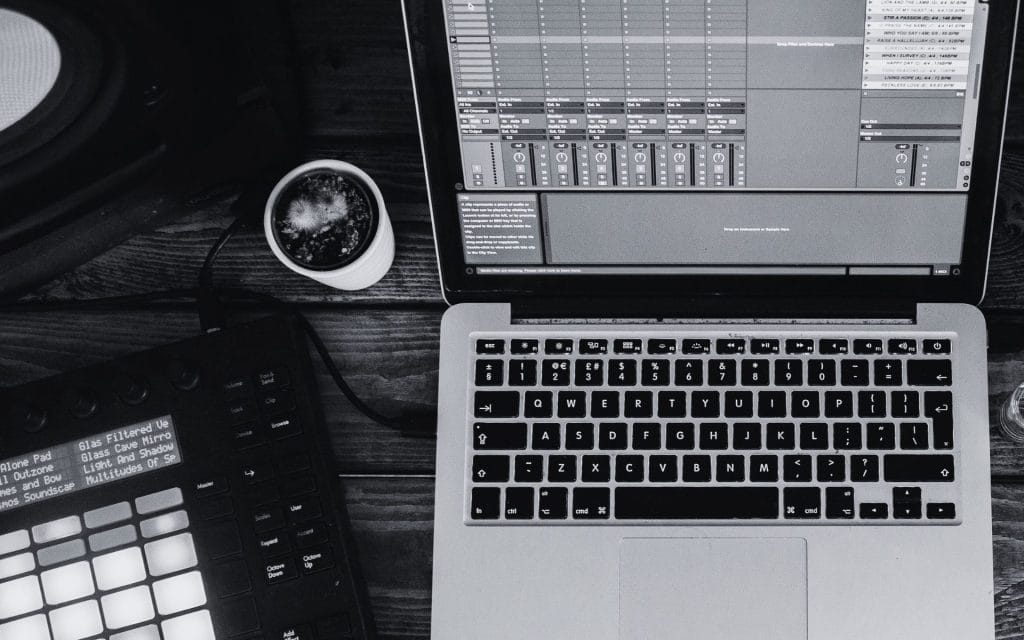
What Is a Hook in a Song: A Clear, Updated Guide for Modern Songwriters
What You’ll Learn
Let’s not beat around the bush answering a common and quick question of what is a hook in a song. A hook is a short lyrical or melodic idea that helps a listener identify the main idea of a track. It is simple, repeatable, and easy to retain. You will hear hooks in hip hop, pop, R&B, rock, dance music, and many hybrid electronic styles. Most hooks last four or eight bars. They repeat enough times to stay clear across the entire arrangement.
Hooks can be lyrical, melodic, rhythmic, or instrumental.
They present the main idea of the track in a smaller format than a chorus and help direct the listener’s attention toward the most recognizable moment.
How To Write a Hook for a Song
Writing a hook requires clarity. Listeners want a reference point they can recall after a single listen. A simple hook gives them that anchor. A long or complex phrase makes retention harder.
Most effective hooks fit inside four or eight bars. These lengths match common phrasing in modern songwriting. Hooks can appear in the intro, verse, pre chorus, or chorus. A hook needs to appear multiple times to remain familiar.
When shaping a hook, identify the primary idea of your track. This helps you compress the message into a short phrase. The hook should feel connected to that foundation.
You can approach hook writing through lyrics, melody, rhythmic phrasing, or instrumentation. Many producers mix these elements to create a stronger identity.
Create Memorable Lyrics
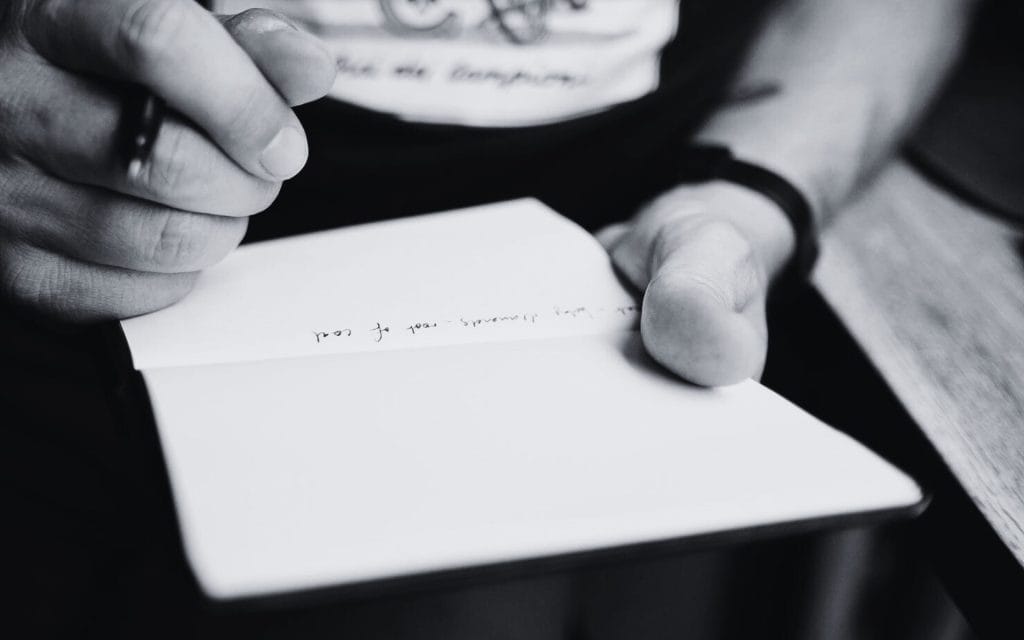
Lyrics help a hook express the main point of the track. Short phrases are easier to recall. Relatable ideas land faster. Repetition helps listeners attach to the section.
Use direct language. Use phrases that move with the natural rhythm of the vocals. Use syllables if full words become distracting or cluttered.
Brando spoke about his approach to toplines in his interview with us and said, “I start writing the topline right from the beginning of the song creation process.” This approach reinforces the value of aligning the hook with the core writing idea from the earliest stage instead of treating it as an afterthought.
You can also use the song title inside the hook. This helps listeners remember the track and find it online. You can experiment with a single unexpected note or timing variation to increase interest without increasing complexity.
Create a Memorable Rhythm Pattern
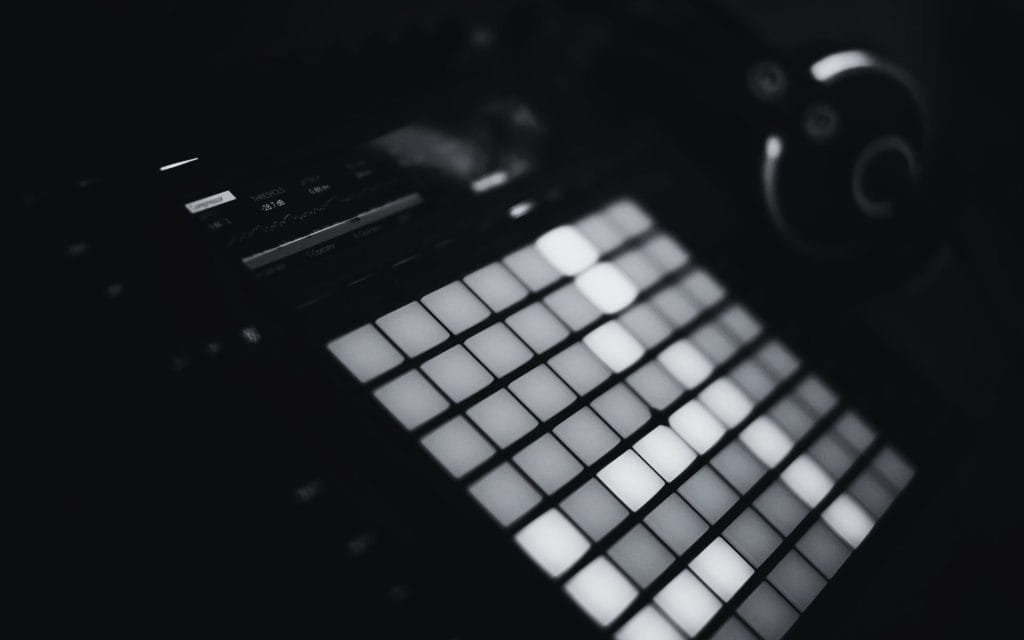
Rhythm patterns can create strong hooks without relying on melody and can define what is a hook in a song. Many producers vary the rhythmic phrasing between verses, hooks, and choruses to help each section feel distinct. A clear pattern helps the hook separate from the surrounding parts of the arrangement.
You can reduce the number of drum hits, change the pitch of the percussion, adjust the grid timing, or switch to a different sample. Each method helps create identity without making the pattern difficult to follow.
Sidepiece commented in their interview a while back that “space in the groove influences how a listener responds to the main idea,” which supports the value of giving the hook a cleaner rhythmic environment so the idea stands out.
Do not overload the pattern. Rhythmic clarity helps the hook remain recognizable in playlists, short-form clips, and casual listening environments.
Create a Memorable Melody
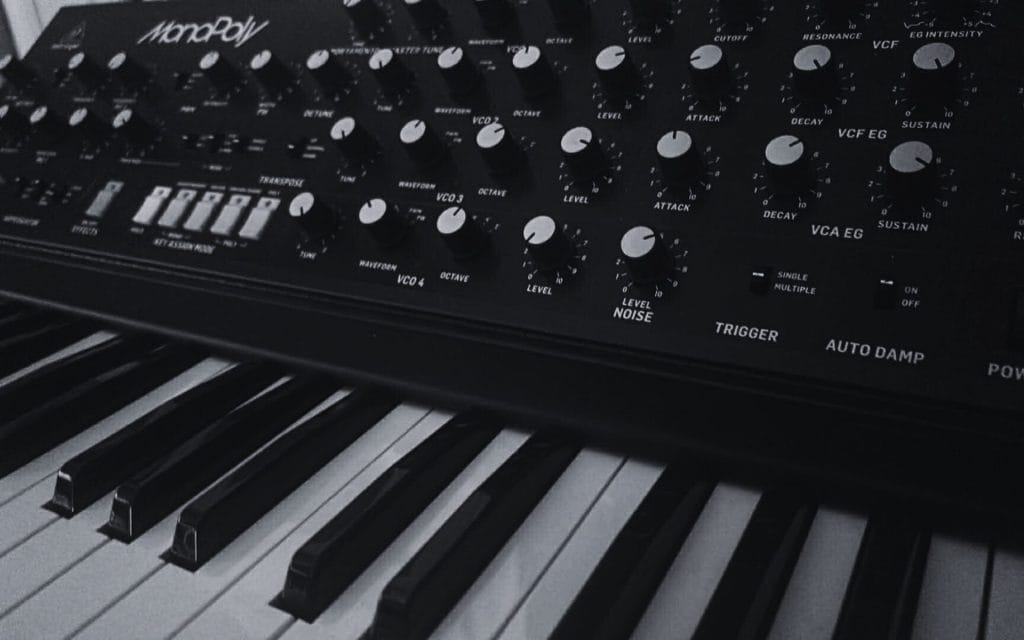
Melodic hooks stay with listeners because they work well inside a short bar structure. Most melodic hooks rely on two to four notes. These notes usually sit a half step or whole step apart. This reduces large leaps and helps people sing along.
Melodies do not appear in every hook. Some hooks use only rhythmic phrasing. Some rely entirely on the timing of the vocals. Both approaches work when the section stays memorable.
If you choose to write a melodic hook, start by matching it to the rhythmic phrasing of your lyrics. This helps the melody move naturally with the words. You can also use a different instrument for the hook than the one used in the verse or chorus. This shift makes the hook easier to identify.
Repeat the Hook for Clarity
Repetition increases retention. A hook becomes familiar once a listener hears it multiple times. Modern streaming behavior rewards familiarity. The hook benefits from showing up in the same form each time so the listener recognizes the idea immediately.
Do not repeat it endlessly. Too much repetition leads to listener fatigue. Maintain balance through arrangement changes or supportive elements.
Three Types of Hooks in Music
Music writers commonly reference three types of hooks when shaping what is a hook in a song: rhythmic hooks, intro hooks, and background instrumental hooks.
1. Rhythm Hook
A rhythm hook relies on a short, identifiable pattern that gives the listener something to latch onto. This can be created with drums, chord movement or progression, or a simple instrumental figure. Stevie Wonder’s “Superstition” is a well known example where the repeated guitar figure defines the entire track.
A rhythm hook can also be delivered by the vocals. The singer or rapper follows a repeating phrasing pattern. The timing becomes the standout feature.
2. Intro Hook
An intro hook appears at the very beginning of a track. It returns later in the arrangement. This helps listeners recognize the song immediately.
Vanilla Ice’s “Ice Ice Baby” demonstrates this structure perfectly. The first phrase establishes the idea. The listener recognizes the track as soon as the pattern starts.
Intro hooks appear in many modern electronic releases. A distinct synth or chopped vocal helps the track stand out on streaming platforms.
3. Background Instrumental Hook
A background instrumental hook is a short melodic phrase heard between vocal lines. It appears in the pockets of space left by the singer. These phrases often return throughout the track.
Disclosure’s “Latch” uses a repeated vocal chop that appears between vocal lines. This figure becomes part of the song’s identity and reinforces the structure.
Hook vs Chorus
Listeners often confuse hooks with choruses. They serve related functions but they are not the same. A chorus contains a full section with consistent melody and harmony. A hook is a short idea that can appear anywhere.
Hooks often appear inside a chorus, but they can live in a verse, intro, or instrumental section. A track can contain several hooks if those parts help define the identity of the music.
Catchy Hook Examples
Modern releases depend heavily on strong hook writing. Here are updated examples that reflect modern listening habits.
Fred again.. – “Delilah (pull me out of this)”
Fred again.. uses a repeated vocal phrase that relies on a compact melodic contour. The clarity of the line helps listeners identify the track instantly. The repetition aligns with short-form platforms, which increases retention across different listening contexts.
Peggy Gou – “(It Goes Like) Nanana”
The primary hook in this track uses a simple, repeating chorus phrase that sits on top of a stable rhythmic grid. The text is minimal and easy to recall. The melody does not rely on large jumps, which supports quick recognition.
Olivia Rodrigo – “good 4 u”
The hook relies on a short lyrical phrase that communicates the theme with direct language. The rhythmic phrasing of the text supports the identity of the chorus. The section becomes memorable because the structure stays consistent each time it appears.
FAQ About what is a hook in a song
How long should a hook be?
Most hooks sit within four or eight bars. This length matches how listeners process short musical ideas across modern platforms. Shorter phrases reduce confusion and help the idea remain clear. These lengths also support common arrangement structures. Treat these bar counts as reliable guides.
Where should a hook appear in a song?
A hook can live in the chorus, verse, intro, or pre chorus as long as it repeats. Placement depends on the structure of the track and your goals. Some producers place the hook at the start for instant recognition. Others place it later to build anticipation. The main rule is simple repetition.
Do hooks need lyrics?
Lyrics help many hooks work, but instrumental hooks can be equally strong. If a track relies on rhythmic motion, an instrumental hook might be more effective than a verbal phrase. If the lyrical message is important, text may help the listener connect. Both approaches work if the idea remains clear and easy to recall.
Can a track contain several hooks?
Yes. Modern tracks often use multiple hooks to serve different purposes. A vocal hook may sit inside the chorus while a short melodic line repeats in the background. Multiple hooks can strengthen recognition across different listeners. Each idea should stay simple to avoid competition.
How do I know if my hook works?
A strong hook is easy to recall after a short break. If the idea returns quickly, you are on the right path. You can also isolate the hook and check if it still communicates the core message without support from other layers. If it feels recognizable in isolation, it is likely effective.
Hooks are central to modern songwriting. They guide listeners, reinforce the main idea, and create replay value. Simplicity, clarity, and repetition support retention. When you refine your hook writing, the rest of the song becomes easier to navigate.



